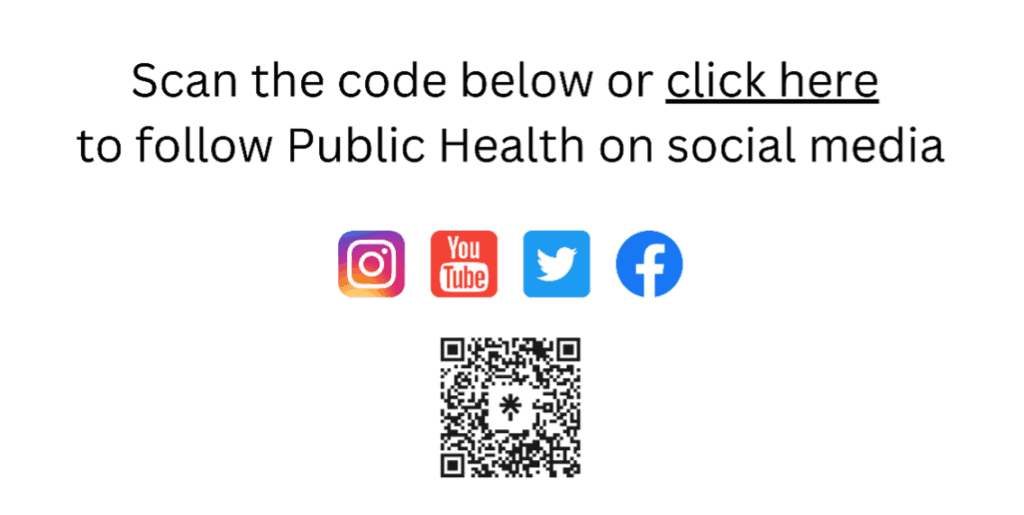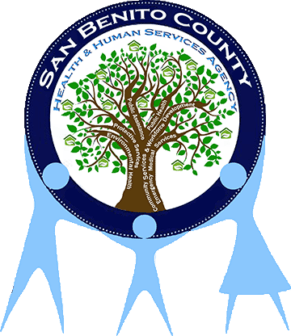Public Health / Environmental Health
Healthy People in Healthy Communities
Mission Statement
The San Benito County Public Health Services Department works in partnership with the community to ensure optimal health and well-being of all people by preventing disease, injury and disability, promoting physical and mental health and protecting from health hazards. We accomplish this through identifying community health needs, assuring the availability of quality health services and providing effective leadership in developing public health policies. We are committed to working in partnership with our communities to eliminate health disparities.
Public Health promotes and protects the health of people and the communities where they live, learn, work and play. Over the last century, Public Health has dramatically improved our quality of life by:
Reducing childhood disabilities and death through vaccinations
Establishing policies that reduce motor-vehicle accidents
Advocating and promoting workplace safety
Controlling infectious diseases through investigation and treatment
Informing and educating about health and wellness
Assuring safe and healthy food quality
Improving the health of mothers and babies
Increasing access to family planning services
Fluoridation of drinking water
Reducing tobacco use
Monitor health status to identify community health problems
Diagnose & investigate health problems and hazards
Inform, educate and empower residents about health issues
Mobilize community partnerships to identify and solve health problems
Develop policies and plans that support individual and community health efforts
Enforce laws and regulations that protect health and ensure safety
Link people to needed professional health services and assure the provision of health care when otherwise unavailable
Assure a confident public health and personal health care workforce
Evaluate effectiveness, accessibility, and quality of personal and population-based health services
Research for new insights and innovative solutions to health problems



